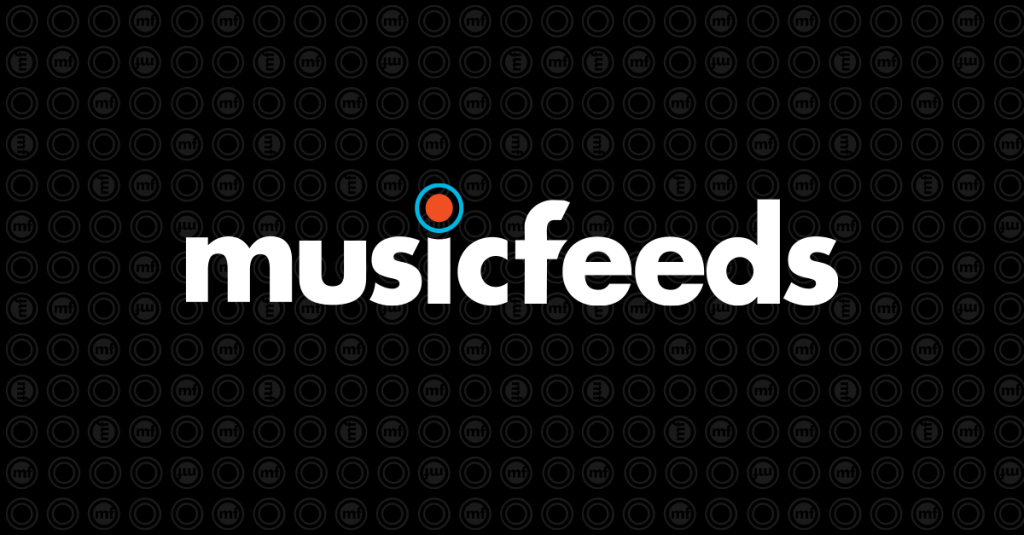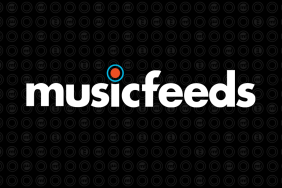From its humble beginnings in Brissy some 20 years ago, Scene Magazine has blossomed into one of the country’s most reliable and consistent street press publications. Now, with more than 1000 issues safely in the hands of the public, it’s time to not just celebrate but take a peek under the hood to find out what it is that’s made Scene so damn popular.
For that, we spoke to mastermind Howard Duggan, director of Eyeball Media, who has held the reins of the magazine since its inception. Duggan has successfully navigated this baby through some of the roughest seas, managing to retain his indie integrity the entire time. Strong competition, changes in the way we consume news, and changes in technology are yet to chink the armour of Scene, and Duggan was happy to explain via email just why that is.
Music Feeds: Howard Duggan, fearless leader of Scene Magazine. It’s a big moment for the publication – your 1000th edition has just dropped. Tell us about the vibe within the camp right now. I’d imagine the office is currently abuzz with excitement!
Howard Duggan: I think we’re all feeling satisfied and proud. Is that a vibe? The feedback from long-standing advertisers, staffers and writers is gratifying. We’ve come a long way — and they’re reminding us of it.
MF: Scene started in Queensland – not Sydney or ‘Rock City Australia’ aka Melbourne. Was the geographical location of Scene HQ ever a hindrance or did this add a certain charm to the publication in its early days?
HD: Not really. In the early days, we were very proactive in putting senior people on planes a couple of times a year.
The only time that the non-SYD or -MEL base was an issue occurred with the launch of Junior [Scene‘s little sister, first published October 2010]. I’m not sure some interstate could wrap their minds around the concept of a title with a higher circulation than JB HiFi’s/Slattery’s MAG coming out of QLD. But that’s of no consequence in any final analysis.
Other than that, I think we’ve branded well over the years and that’s translated well into the minds of most interstate marketers.
MF: Unlike other street press, Scene has had just one owner since its genesis. What’s kept you on board when many have decided to pass the baton?
HD: “Passing the baton” generally only occurs when a company fails (and sometimes someone picks up the pieces) or when an offer comes in that’s too good to refuse. In Queensland, that’s exactly what’s happened to the two other titles here.
In the case of Rave Magazine, Colin [Rankin, Rave‘s publisher] stated it wasn’t profitable to continue; and in the case of Time Off — the owners were offered $1,000,000! Dear God! They’d still be pinching themselves every morning and twice on Sundays!
As for me; I’ve come close to both in 20 years — challenging trading conditions, and more than one offer that were just good enough to refuse.
MF: The publication also dabbles in the wider arts scene, often more so than your competition. What’s encouraged you to lean this way?
HD: It helped not to be a chin stroker! I wasn’t and nor were my editors. So while I could enjoy, say, my first Prodigy gig in 1994 (we’ve reproduced that artwork in the current edition, by the way, I was equally at home (although in no way an aficionado) at the old La Boite Theatre in Hale Street or at the Cement Box theatre at Qld Uni. From there it’s easy to appreciate the nexus between street press and how it can assist art and artists.
Rinse and repeat for queer culture (our first column was published in 1994), clubbing, travel, tech and fashion. That, and the fact that we have been really fortunate to have had a heritage of some committed kick-arse arts editors!
MF: Speaking of the competition, I’d imagine there have been some fierce moments in the past. I know you guys have made no secret of your beef with Time Off. Is there a vicious rivalry between street press in Australia?
HD: The rivalry’s not vicious‚ I just don’t care for their management much (past or present) — the way they do business leaves much to be desired. Their staff seem decent folk — my editorial people hang with some of their editorial people and they have ex-staffers who advertise with Scene, some exclusively!
This has nothing to do with competition in general. We got on fine with Rave Magazine and I had no beef with Beat or Inpress when were trading in Melbourne. I’d previously had talks with Tsunami over various matters including their future, and we’d had no issue with their ever-increasing encroachment into the Greater Brisbane Metro area — so yeah, it’s just Time Off.
MF: Since the good old days, how has music journalism changed? Why do you think this has happened?
HD: The writing hasn’t changed that much; it’s what happens to the writing after it’s submitted to media that has changed more so. The full talent gamut of writers exists today as it has existed previously — but few could disagree that media of all stripes have reduced the volume of words published and they (we) continue to push boundaries of taste and acceptability in the pursuit of eyeballs: clickbait.
But don’t beat up on us! Firstly, although we’re all guilty, some have lower standards than others. Publishers will meet the market and publish what works — and what works is gossip, firsts, pictures, big headlines and few words. In short we’ve become guppies and I doubt we’ll collectively (as readers) return en masse to long form journalism anytime soon.
MF: The Internet has seriously changed the landscape regarding the way news is consumed. Will there always be a place for print media?
HD: Print generally, yes; print media, no. The Kramer coffee table book will always have a place, perhaps a quaint place, but I can’t see quality publications dying out in the foreseeable future. Print media is problematic: it’s expensive to produce and expensive to distribute, and when it finally connects with its audience the news is ooold.
But just because print is dying, doesn’t mean you have to kill it off, or in the case of advertisers, shy away from it. The recent print market rationalisation coupled with the low barrier to website publishing entry has created a yet-to-be distilled morass of music websites, so there’s something still relevant and assured about picking up a printed copy of a favourite title. It’s dying gracefully but it’s not ready to go just yet.
Perversely, Scene Mag‘s pick-up rate has never been higher. I think that is in part due to the effect described above, but also we’re doing a lot right. The brand remains highly visible locally, and I know our (A4 gloss) format works well in 2013. People are still taking us home. When was the last time you saw anyone under 30 carting around a tabloid anything?
MF: I’m sure there are many, but for the sake of discussion, tell us about one of the moments from your 20 years in the game that will stay with you forever.
HD: We have a long-standing ritual when a staffer leaves the company. It involves a speech from me, words in return and a human corridor as they’re clapped out the building. One time a grown man, who was a dude for the entire time he was with us, wailed like a baby at his sending off.
That, and the #shitmyeditorsays that [Scene editor] Gareth Bryant innocuously evacuates freely every day. Totally worth liking us on Facebook for this alone as sparring partner Rohan Williams faithfully documents the gold.
MF: In the past, you’ve branched out into other ventures, such as Cafe Scene. Can we expect any more co-curricular activtices from Scene in the near future?
HD: If the near future is this year, no. But we are planning an online stunt in the next few months, but online falls into core business these days!
Scene Magazine’s 1000th issue is available now! Check them out online or follow them on Facebook and Twitter











